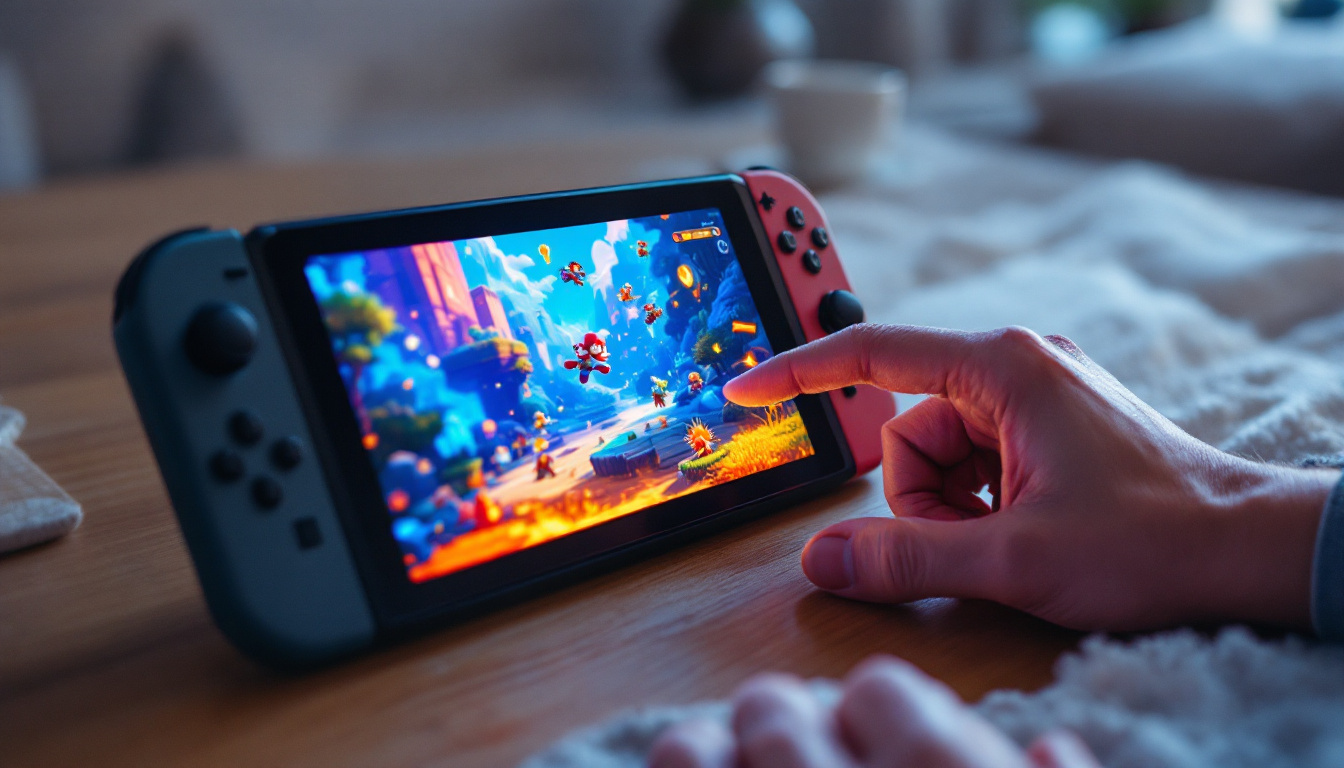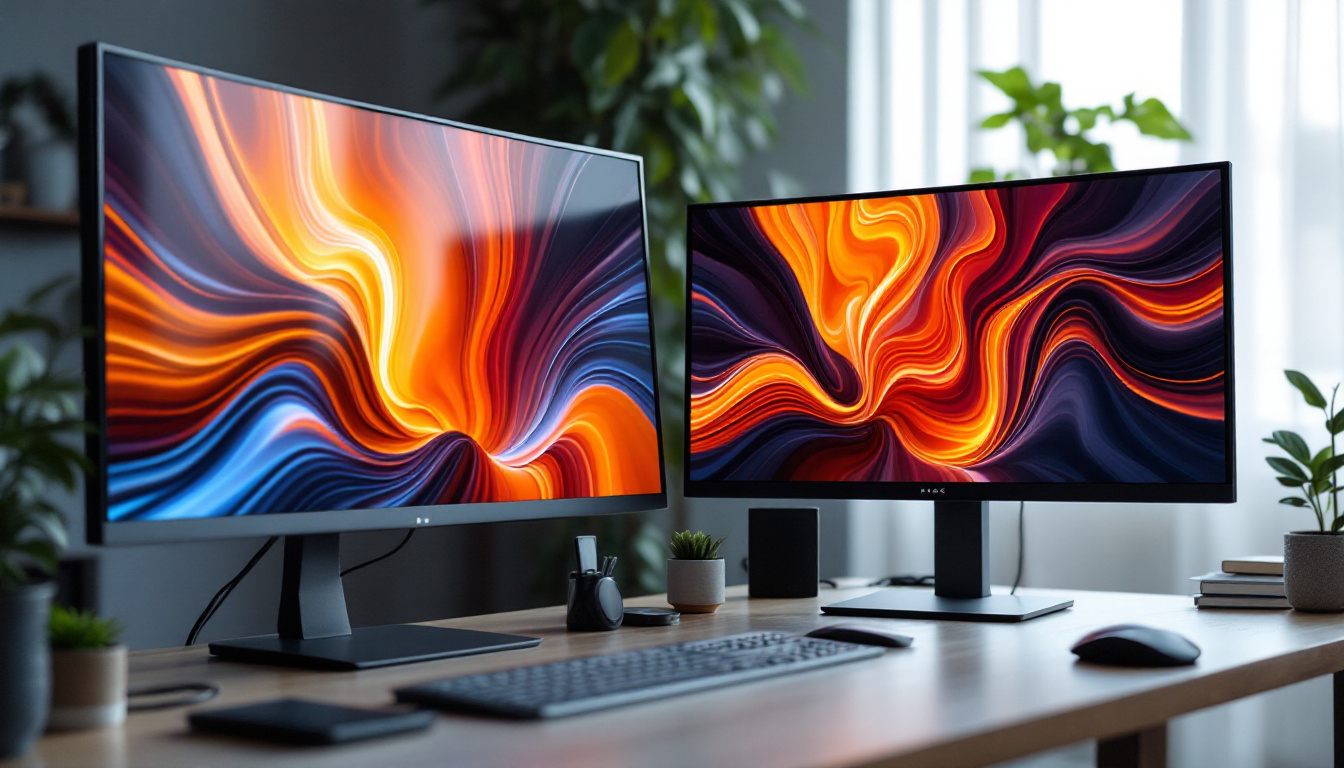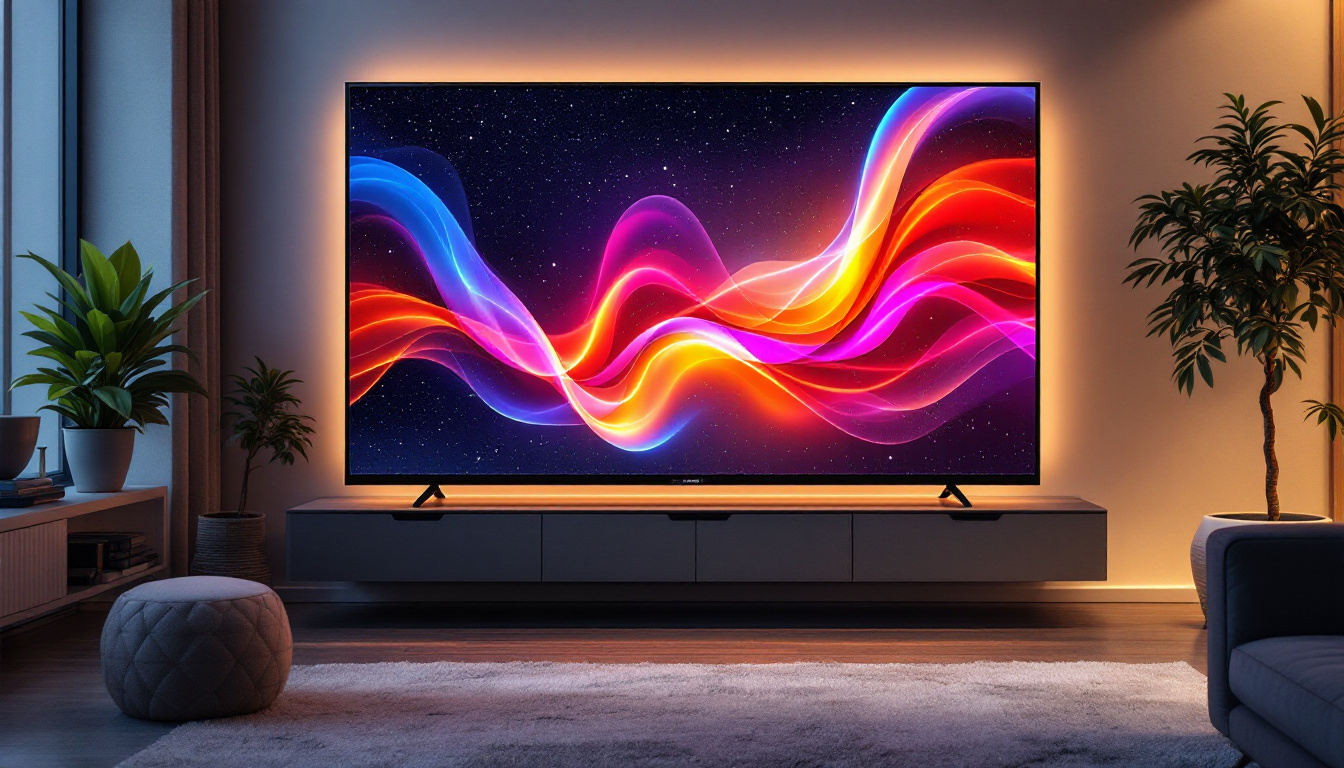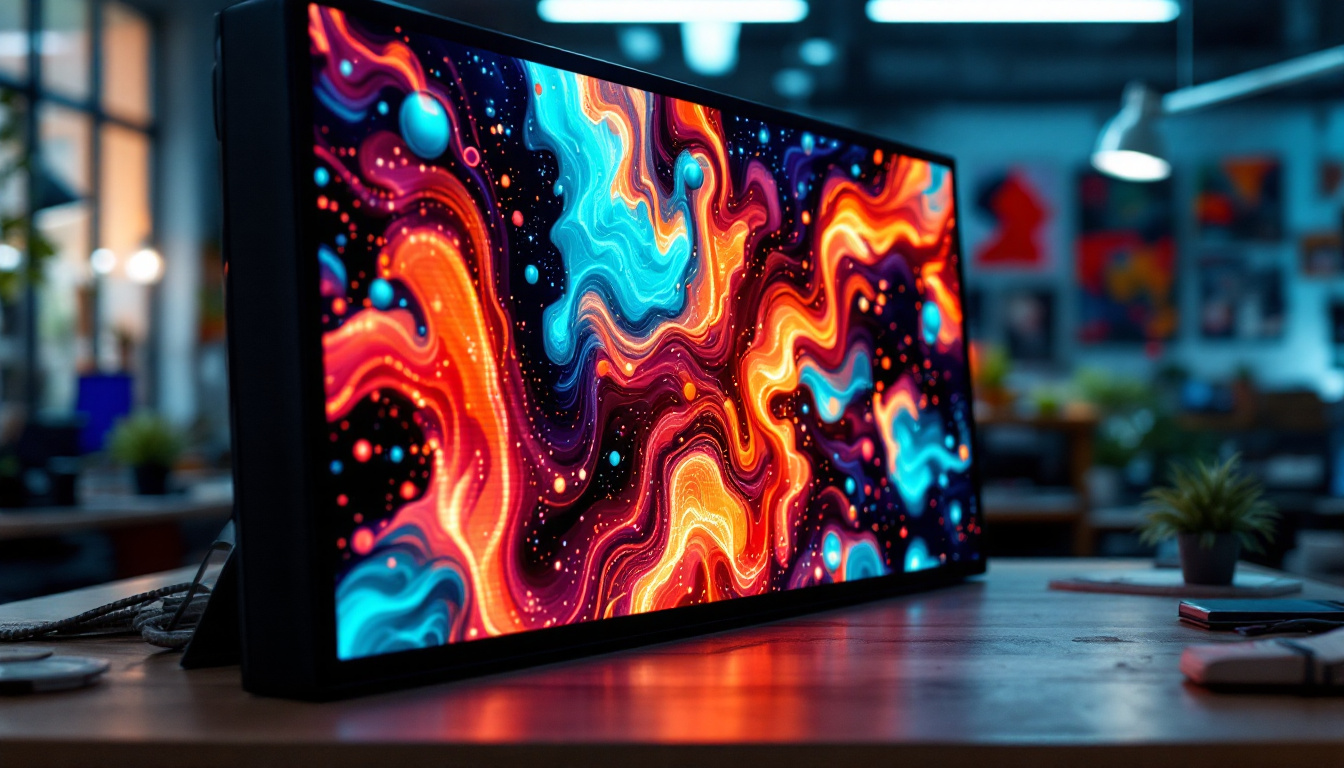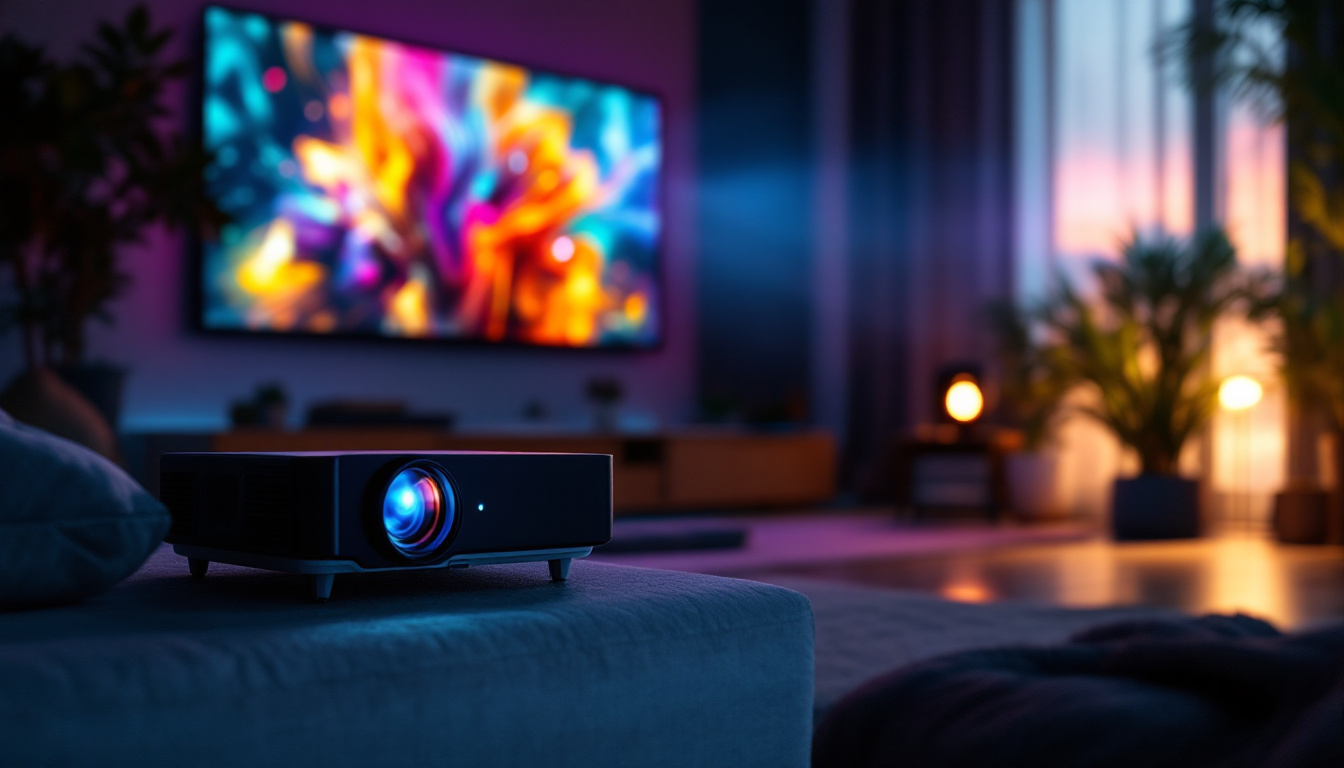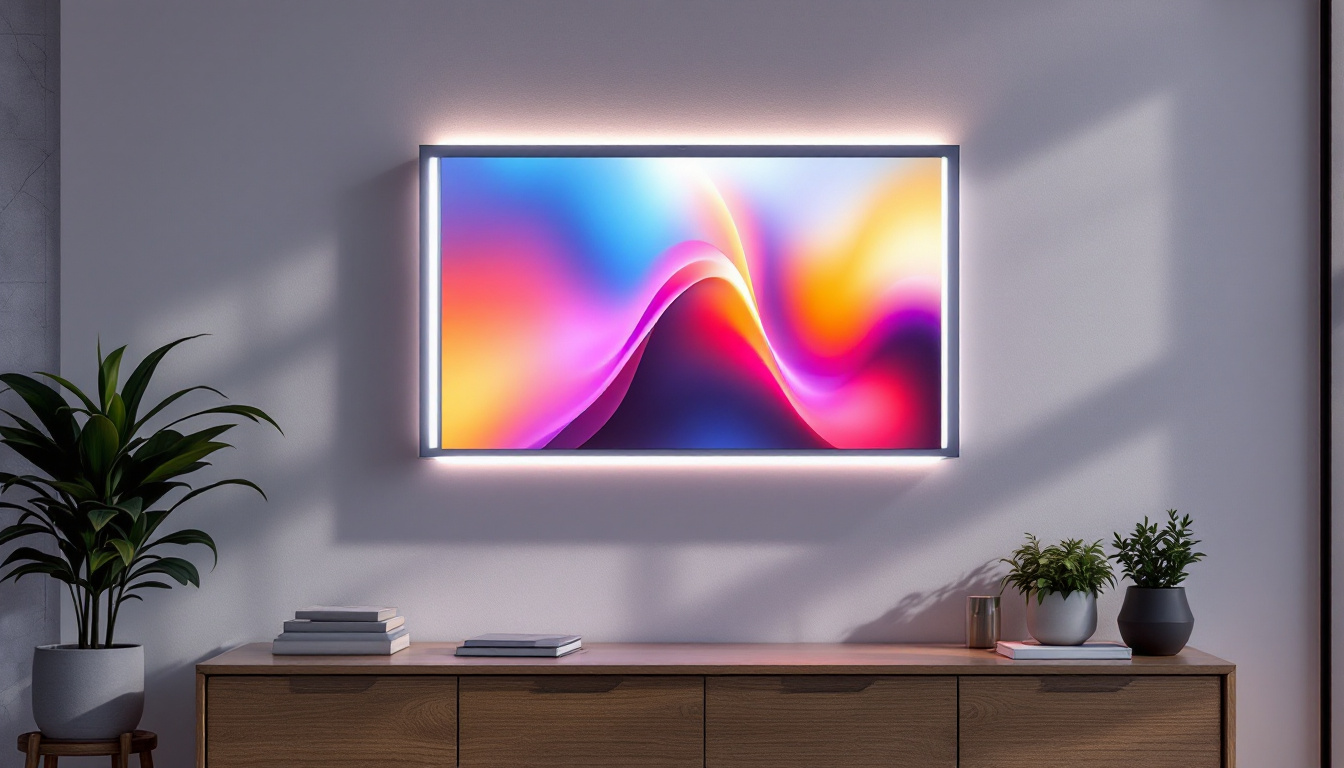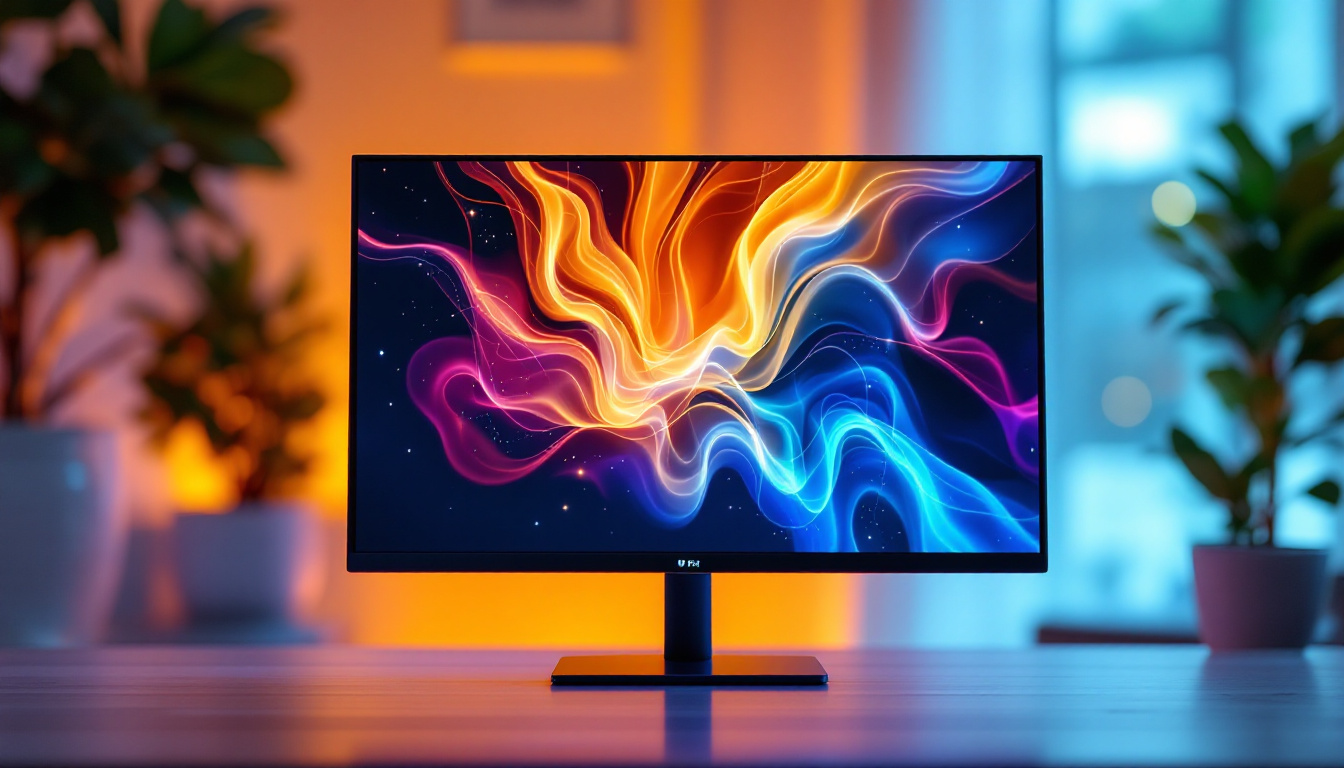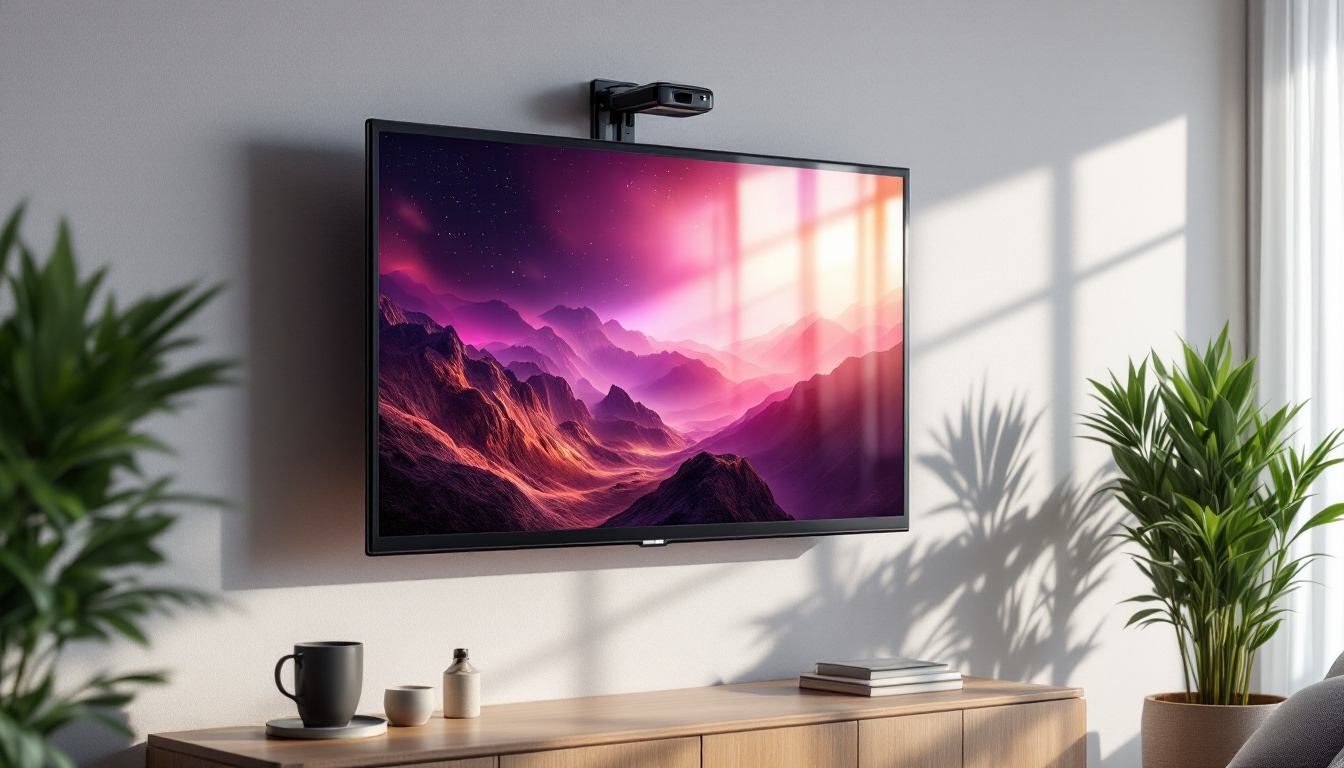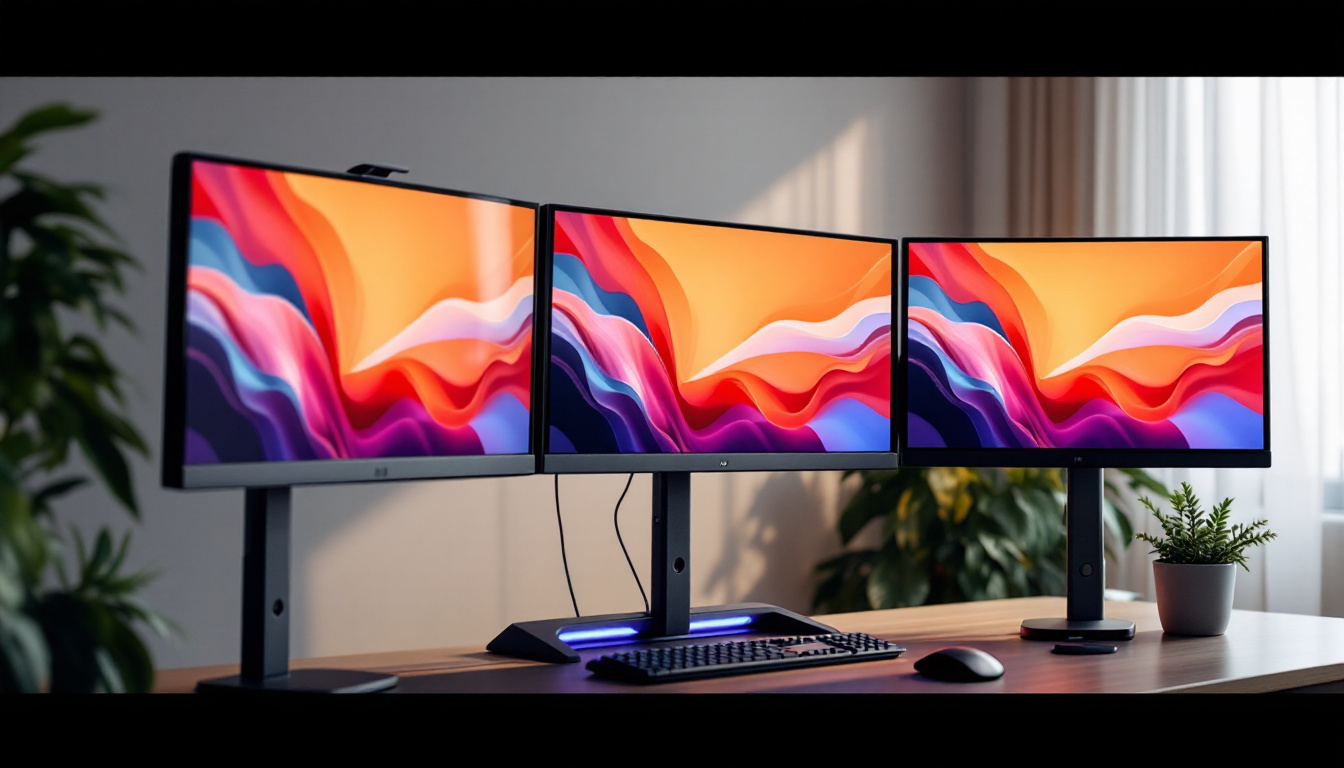The Nintendo Switch has revolutionized the gaming landscape since its launch in 2017. With its hybrid design, allowing players to switch between handheld and docked modes, it has captured the hearts of gamers worldwide. One of the most frequently asked questions about this innovative console is whether it features a touch screen. This article delves into the details of the Nintendo Switch’s display technology, including its touch capabilities and the underlying LED technology that powers it.
Understanding the Nintendo Switch Display
The Nintendo Switch is equipped with a 6.2-inch LCD display that supports a resolution of 1280×720 pixels. This screen is not just a standard display; it incorporates several advanced technologies that enhance the gaming experience. The combination of size, resolution, and technology makes the Switch’s display a focal point of its design.
LCD vs. LED Technology
To comprehend the display of the Nintendo Switch, it is essential to differentiate between LCD and LED technologies. LCD, or Liquid Crystal Display, is a technology that uses liquid crystals to produce images. In contrast, LED, or Light Emitting Diode, refers to the backlighting technology used in conjunction with LCD screens.
The Nintendo Switch utilizes an LCD screen that is backlit by LEDs. This combination allows for vibrant colors and improved contrast compared to traditional LCDs. The LED backlighting enhances visibility, making it easier to play games in various lighting conditions, whether in bright sunlight or dimly lit environments. Moreover, the screen’s anti-glare coating helps to minimize reflections, ensuring that players can enjoy their gaming sessions without distraction, regardless of their surroundings.
Touch Screen Capabilities
One of the standout features of the Nintendo Switch is its touch screen capability. The screen is indeed a capacitive touch screen, which means it can detect touch through the electrical properties of the human body. This allows for a more interactive gaming experience, enabling players to navigate menus, select options, and interact with games in a more intuitive manner.
Touch screen functionality is particularly beneficial for certain types of games, such as puzzle games and educational titles, where tapping and swiping can enhance gameplay. However, it is worth noting that not all games on the Switch utilize this feature, as many are designed with traditional controls in mind. Additionally, the touch screen’s responsiveness is impressive, allowing for quick and precise interactions that can be crucial in fast-paced gaming scenarios. The tactile feedback provided by the screen when touched adds another layer of immersion, making players feel more connected to the action on screen.
Furthermore, the touch screen plays a significant role in the Switch’s versatility as a hybrid console. When docked, players can enjoy games on a larger screen, but the ability to seamlessly switch to handheld mode with touch capabilities opens up new gameplay possibilities. This adaptability is particularly evident in titles that leverage both touch and traditional controls, creating a unique blend of gaming experiences that cater to a wide range of player preferences.
The Benefits of Touch Screen Technology
Touch screen technology has transformed the way users interact with devices. In the context of the Nintendo Switch, this technology offers several advantages that enhance the overall gaming experience.
Enhanced User Interface
The touch screen interface allows for a more streamlined and user-friendly experience. Navigating through menus, selecting games, and adjusting settings can be done with a simple tap or swipe. This ease of use is particularly beneficial for younger gamers or those who may not be as familiar with traditional gaming controls.
Moreover, the touch screen can display additional information or controls in a way that traditional buttons cannot. For instance, certain games may show on-screen controls that can be manipulated directly, providing a more immersive experience. This adaptability not only caters to a diverse audience but also allows developers to create more intuitive designs that can evolve with user feedback, ensuring that the gaming experience remains fresh and engaging.
Interactive Gameplay
Touch screen capabilities open the door for unique gameplay mechanics that would be challenging to implement with traditional controllers. Many games on the Switch take advantage of this feature, allowing players to interact with the game world in innovative ways.
For example, in certain adventure or simulation games, players can drag and drop items, zoom in on maps, or even draw directly on the screen. These interactions can make the gaming experience feel more tactile and engaging, drawing players deeper into the game. Additionally, the use of touch gestures can facilitate quick actions, such as pinching to zoom or swiping to navigate, which can enhance the pace of gameplay and keep players immersed in the action. This level of interaction not only makes games more dynamic but also encourages creativity, as players can experiment with different gestures to uncover new strategies or secrets within the game world.
Furthermore, the integration of touch screen technology can also foster social interaction among players. Many multiplayer games utilize the touch screen for shared experiences, allowing friends to collaborate or compete in real-time. This can lead to a more communal gaming environment, where players can physically engage with each other while enjoying their favorite titles. The tactile nature of touch screens can even encourage spontaneous moments of fun, as players can quickly pass the device around for everyone to join in on the action, making gaming a more inclusive and interactive pastime.
Limitations of Touch Screen Technology
While the touch screen on the Nintendo Switch offers numerous benefits, it also comes with some limitations that players should be aware of.
Not All Games Support Touch Input
Despite the touch screen capabilities, not all games on the Nintendo Switch utilize this feature. Many titles are designed primarily for traditional controls, which can lead to a disjointed experience for players who expect touch functionality in every game. This can be particularly frustrating for those who are accustomed to touch screens on mobile devices.
As a result, players may find themselves switching between touch controls and traditional buttons, which can disrupt the flow of gameplay. Developers must carefully consider how to integrate touch functionality into their games to ensure a seamless experience.
Screen Durability Concerns
Another consideration is the durability of the touch screen. While the Nintendo Switch is designed to withstand everyday use, touch screens can be more susceptible to scratches and damage compared to traditional displays. Players who frequently use the touch screen may want to invest in a screen protector to safeguard against wear and tear.
Additionally, the use of touch controls can sometimes lead to accidental inputs, which can be frustrating during intense gaming sessions. Players may find themselves unintentionally selecting options or triggering actions due to the sensitivity of the touch screen.
Comparing the Switch with Other Consoles
The Nintendo Switch is not the only gaming console on the market that incorporates touch screen technology. Comparing it with other consoles can provide insights into its unique features and advantages.
Switch vs. PlayStation Vita
The PlayStation Vita, Sony’s handheld console, was one of the first devices to integrate touch screen technology alongside traditional controls. Like the Switch, it features a capacitive touch screen, allowing for similar interactive gameplay experiences.
However, the Switch’s hybrid design, which allows it to function as both a home console and a portable device, sets it apart from the Vita. While the Vita has a strong library of games, the Switch’s versatility and extensive game catalog have made it a more popular choice among gamers.
Switch vs. Mobile Gaming
Mobile gaming has exploded in popularity over the past decade, with smartphones and tablets offering touch screen capabilities that rival dedicated gaming consoles. While mobile games often focus on simple mechanics that leverage touch input, the Nintendo Switch provides a more robust gaming experience with its powerful hardware and diverse game library.
Moreover, the Switch’s ability to connect to a TV and offer a traditional gaming experience distinguishes it from mobile devices. This combination of portability and performance makes the Switch a unique contender in the gaming market.
Future of Touch Screen Technology in Gaming
The integration of touch screen technology in gaming is likely to continue evolving. As developers explore new ways to enhance gameplay, touch screens may become even more integral to the gaming experience.
Innovative Game Design
As game developers become more familiar with touch screen capabilities, they may create innovative gameplay mechanics that leverage this technology. Future titles could incorporate more complex interactions that utilize touch input, making games more engaging and immersive.
Additionally, the rise of augmented reality (AR) and virtual reality (VR) gaming may further influence the development of touch screen technology. As these technologies become more mainstream, the lines between traditional gaming and touch-based interactions may blur, leading to new gaming experiences that were previously unimaginable.
Advancements in Display Technology
As display technology continues to advance, future iterations of gaming consoles may feature even more sophisticated touch screens. Improvements in resolution, color accuracy, and responsiveness could enhance the overall gaming experience, making touch interactions feel more natural and intuitive.
Furthermore, as manufacturers explore new materials and technologies, the durability of touch screens may improve, addressing some of the concerns currently faced by gamers. This could lead to a future where touch screens are not only standard but also highly resilient, capable of withstanding the rigors of everyday use.
Conclusion
The Nintendo Switch is indeed equipped with a touch screen, which adds a layer of interactivity and engagement to the gaming experience. While it offers numerous benefits, such as enhanced user interfaces and innovative gameplay mechanics, it also comes with limitations that players should consider.
As gaming technology continues to evolve, the role of touch screens in consoles like the Switch will likely expand. With the potential for innovative game design and advancements in display technology, the future of touch screens in gaming is bright. For now, the Nintendo Switch stands as a testament to the possibilities that touch screen technology can bring to the gaming world.
Enhance Your Gaming Experience with LumenMatrix
As you embrace the interactive world of touch screen gaming with the Nintendo Switch, imagine the possibilities with superior LED display technology. LumenMatrix, a pioneer in LED display innovation, offers an array of solutions that can transform your gaming environment. From Indoor and Outdoor LED Wall Displays to immersive LED Sports and Floor Displays, LumenMatrix is committed to elevating your visual experience. Whether you’re a gamer looking to create an engaging setup or a business seeking to amplify your message, LumenMatrix has the cutting-edge technology to make it happen. Check out LumenMatrix LED Display Solutions and step into the future of visual communication.

